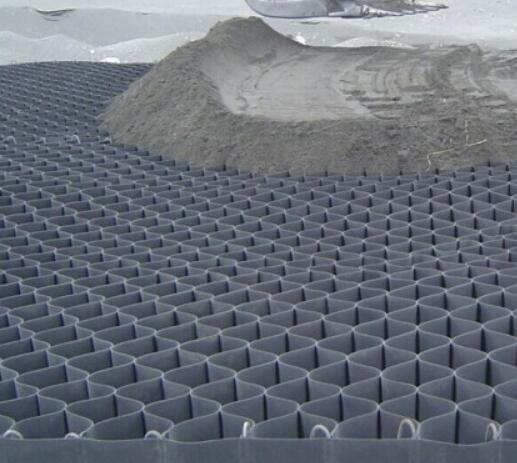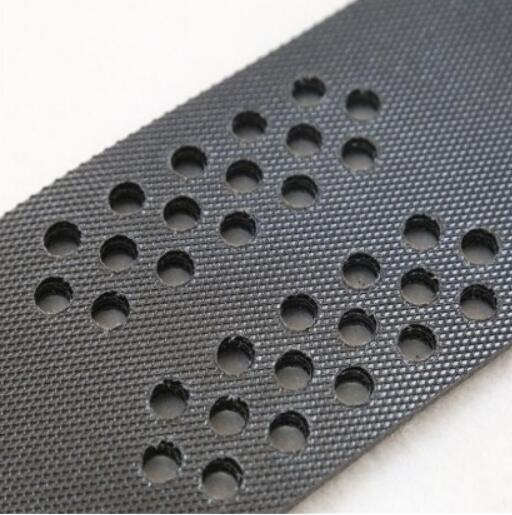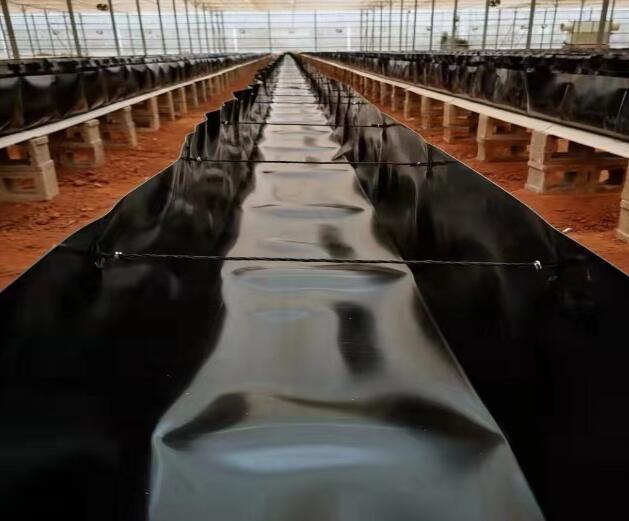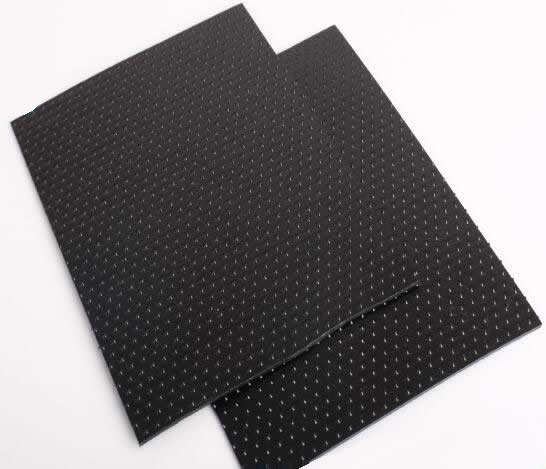- Understanding the Role of Geomembrane Liners in Waste Management
- Innovations in Geomembrane Liners for Water Management
- Geomembrane Liners: A Comprehensive Guide
- The Future of Geomembrane Liners in Civil Engineering
- Geomembrane Liners: Enhancing Landfill Stability
Manager:Alvin Wang
WhatsApp:+62 8983806051
Tel:+86 10-5797-1075
Email:steelwang@okorder.com
Address:3rd Floor, No.2 Building, No.1 Sanlihe Road
What are the basic properties of geotextiles?
Geotextiles have become an essential part of many civil engineering and construction projects due to their adaptability and efficiency. Understanding the fundamental characteristics that define geotextiles is crucial for using them effectively in anything from bulk use of geotextile materials to polyester geotextiles for slope protection and stabilization. In this all-inclusive guide, we look into primary features that distinguish geotextiles and their involvement in modern building practices.
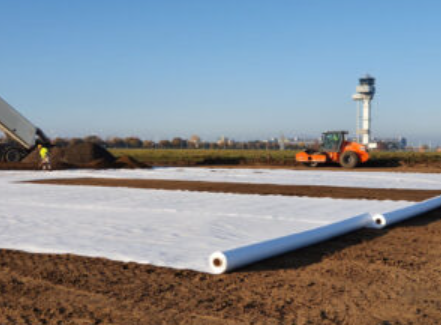
Introduction to Geotextiles
Geotextiles are synthetic materials used in civil engineering and environmental works as one of the components under the category identified as geosynthetics. They are produced from a variety of polymers like polyester, polyethylene, polypropylene etc. They have been designed so as to withstand such environmental stresses as ultra-violet radiation, moisture content, chemical exposure among others making them suitable for many applications over long periods.
Understanding Wholesale Geotextile
Wholesale geotextile is a purchase at large quantities of geotextile materials for use in big construction projects. This method of procurement offers economy and ensures uniformity throughout various spheres of application. Construction engineers can choose from a range of wholesale geotextiles having different specifications and configurations depending on the requirements for their project.
Exploring Polyester Geotextiles
These geosynthetics made out of polyester fibers offer excellent properties resistant to decomposition by biological organisms hence they serve well when dealing with elevation issues on hillsides. Such filaments made up by such material are highly stable dimensionally hence tend not to be affected much by harsh environments. Polyester textiles also work great when it comes to soil reinforcement against erosion thereby leading to stability within slopes either those formed naturally or otherwise as well retaining walls.
The Role Of Geotexitle Slope Protection
This technique employs textile materials placed on slopes which act against erosion thus maintaining the natural or artificial slope shape. Geotextiles minimize the chances of soil erosion that are brought about by rainfall, runoff and wind on slopes. These promote vegetation growth on the surface hence retaining the ecological balance in fragile environments.
Benefits of geotextile slope stabilization
This is a technique used to support steep slopes from sliding down hill resulting into landslides and avalanches. By using geosynthetics as part of stabilizing measures for slopes, the operational efficiency and lifespan of infrastructure such as roads, railroads and watercourses can be improved. Geotextile-reinforced slopes present an economic way forward when it comes to hazard management in geological settings as well securing public safety within mountains terrains.
Advantages of Filament Geotextile
Filament geosynthetics have continuous filament yarns arranged in a regular pattern forming a fabric structure that is both strong and flexible. They have better filtration, separation, reinforcement properties than staple fiber geotextiles do. For instance subsurface drainage systems, coastal protection among others which require good tensile strength along with puncture resistance may utilize filament geotextiles extensively.
Key Properties Of Geotextiles
1. Tensile Strength: The strength at breakage is important because these materials should not shown down when being installed or while in use. Whether a geotextile has high tensile force or not depends on its polymer make up, manufacturing process used as well as type of fibre orientation applied during production.
2. Permeability: What differentiates one geosynthetic material from another is its ability to allow liquid substances while preventing/catching soil particles from traveling some distance apart underground. This property makes permeable geosynthetics useful for effective drainage & filtration in all types civil engineering works.
3. Durability: Such materials are designed to last outdoors under long-term exposure to factors like ultra-violet radiation, water and chemicals. It is the durability feature that guarantees that these products will remain functional and intact until their useful life span has lapsed.
4. Erosion Control: Geotextiles provide effective erosion control by stabilizing soil surfaces and preventing soil loss due to water and wind erosion. Geotextile blankets and mats control erosion, promote vegetation growth and protect slanting slopes from being eroded.
5. UV Resistance: Geotextiles are formulated with UV stabilizers to resist degradation caused by prolonged exposure to sunlight. UV-resistant geotextiles maintain their structural integrity over time, thus ensuring that the materials function properly in outdoor applications.
6. Chemical Compatibility: Geotextile’s compatibility with different types of soils and chemical environments typically found on construction sites is well known. Chemical repellent geotextiles are prepared in such a way so as not to affect their performance even when attacked by acids, alkalis or hydrocarbons.
7. Flexibility: The nature of geotextile materials is such that they can be easily adapted to irregular surfaces as well as accommodate different levels of soil settlement in the structure or ground. Flexible geotextiles make it easy for them be installed while at the same time becoming adaptable in response to dynamic environmental conditions.
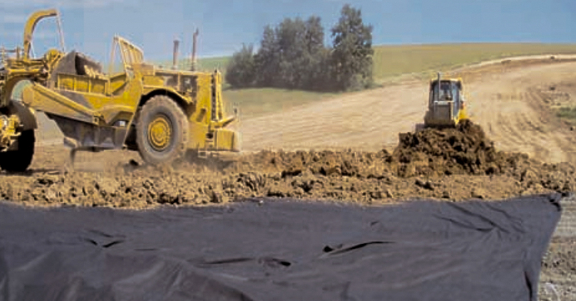
Conclusion
From large scale projects where wholesale procurement must be resorted to filament solutions for specialized requirements, there are several benefits of using geotextiles in civil engineering as well as environmental applications Understanding the basic properties of geotextiles is essential for harnessing their full potential in slope protection, stabilization, erosion control, and soil reinforcement endeavors. By incorporating geotexTiles into construction practices engineers can achieve sustainable and resilient infrastructure solutions tailored towards modern-day challenges demands."
- Previous:What is geotextile mesh?
- Next:What is type 2 geotextile fabric?


